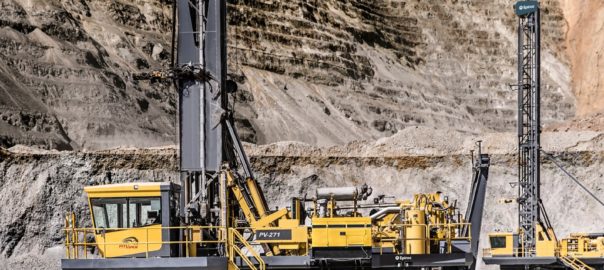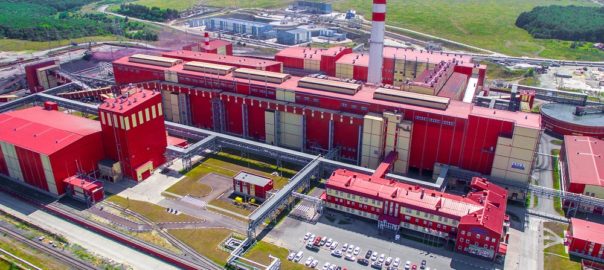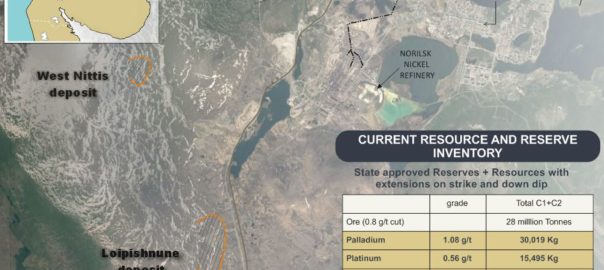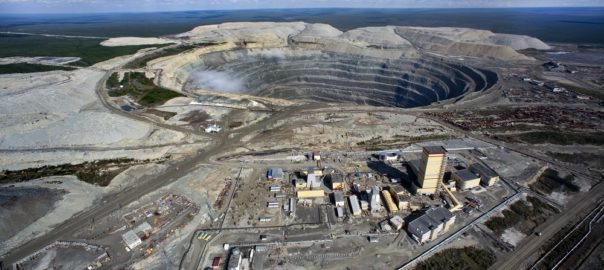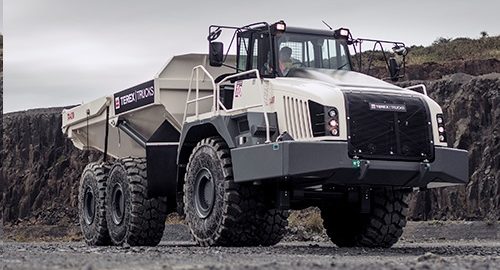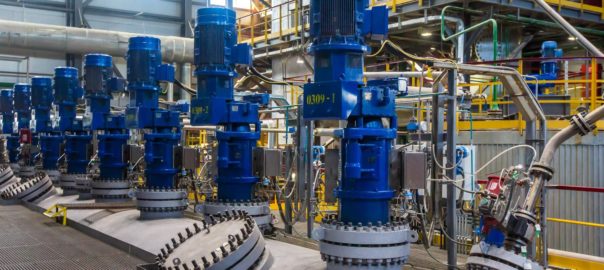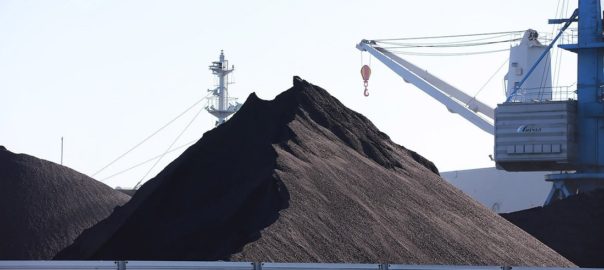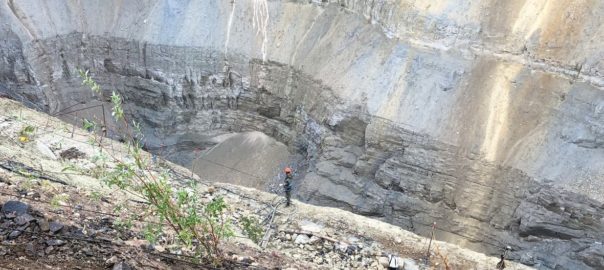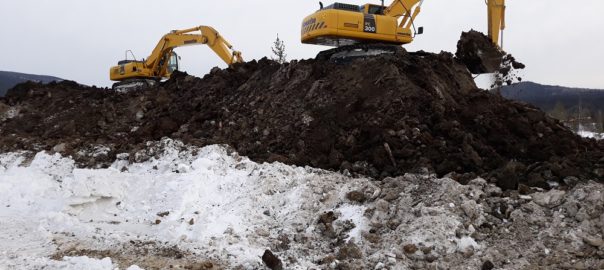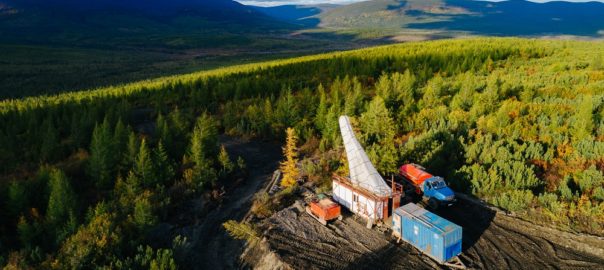VIST Group (a subsidiary of Zyfra Group) has started developing unmanned drilling technology using an Epiroc Pit Viper 271 for SUEK’s Tugnuysky open-pit coal mine in Buryatia, Russia.
The new system is intended to minimise the number of employees involved in hazardous and dangerous work, while maintaining or even reducing drilling costs, VIST said.
The drill rig will have a pre-set for independent performance of most operations usually performed manually by the operator. It will be furnished with additional functions: motion control, environment scanning (including the possibility of remote presence), automatic testing of the installed equipment, high-precision positioning and emergency shutdown, as well as two-way data transmission, VIST said. At the same time, manual control from the cabin will still be possible in normal mode.
The equipment installed on the rig will include a system of environmental scanning sensors (short- and long-range radars, 3D light identification detection and ranging device) to ensure early detection of any obstacles, bunded areas or cliff edges, and will prevent collisions. A multi-level automatic testing system will prevent the failure of various elements, according to VIST.
The controller will monitor the status of the assemblies and the connection to the server, and compare the data from different subsystems. The server will check the stability of communication with all elements and compare the data received from them.
VIST said: “It is anticipated that this innovative solution will significantly improve operational safety and efficiency in the Siberian mines, which rank among the world’s largest coal mining centres.
“Thanks to the new technology, it will be possible to move drills independently or in remote mode along the stack, drill shafts, assemble and dismantle the drilling assembly and level the platform. An algorithm will be used to determine the optimal sequence of drilling the shafts, taking into account their relative position and type of rock mass.”
The system will operate as follows: The drill operator will move the equipment to the required stack in manual mode. Another employee will then remotely set a drill plan for the rig in this area and engage the independent operation mode. At the same time, the system’s built-in safety algorithms will control the drill’s movement, taking note of the equipment and employees performing auxiliary work in the area. Personnel operating near the drill will be equipped with an emergency shutdown device, which, if necessary, will immediately stop the robotic equipment.
The operator will exercise remote control from his computer workstation located at the enterprise and, if necessary, will be able to quickly take control of the equipment during any process operation, such as in the event of complex non-standard situations. In this case, the digital system will actively help the human operator, warning of potentially dangerous factors while displaying the status and additional information.
Specialists will be able to remotely control the engines, compressors and controllers, moving, turning, mast raising and lowering mechanisms, assembly of the drilling unit, the braking system, drilling itself, etc. In addition, the dispatcher will deal with security issues such as the admission of equipment and people to the automated site.
“In general, however, the human role will be minimised, and if any intervention is required this will only be in rare specific cases,” VIST said.
“The automation systems themselves will cope perfectly well with the tasks. Satellite navigation and special drill control programmes that are activated when directly approaching a specific location will provide incredible pointing accuracy of up to 10 cm. The system will also develop routes for the drill’s movement between the wells, paying great attention to the optimal path and the absence of unnecessary actions and thereby minimising costs.”
The drill, without the intervention of personnel, will be able to level the platform and the mast independently with an accuracy of 1° in two planes, based on two-axis inclinometer readings, processing current data and generating commands to the alignment mechanisms on the basis of this data. Digital control of these mechanisms will be provided, and depending on their design, it will be possible to use mechanical actuators, electrical or control signals through the standard CAN industrial network.
A number of subsystems and algorithms will be created for independent drilling, according to VIST. In particular, a set of sensors for monitoring parameters (feed forces, rotation forces and speeds, gas-water mixture pressure, depths, etc) will be installed in the equipment, as well as a subsystem based on actuators and feedback sensors for assembly build-up and dismantling.
The robotic drill will fit into the enterprise’s existing data environment, VIST said. The existing MTC Karier management system will handle fuel consumption metering and reporting issues, with the newly developed solution becoming part of the Intellectual Karier system. This will make it possible in future to centralise control over several drills simultaneously, including simultaneous operation of these rigs in the same stack.
The company said: “VIST Group has no doubt that the automated solution being developed will prove its economic efficiency during the planned pilot operation and will significantly increase the safety of production processes.
“As we speak, experts are ascertaining the possibility of deeper digitalisation and more advanced operation of the enterprise, addressing all the challenges and tasks dictated by the new industrial revolution that is taking place before our eyes.”







